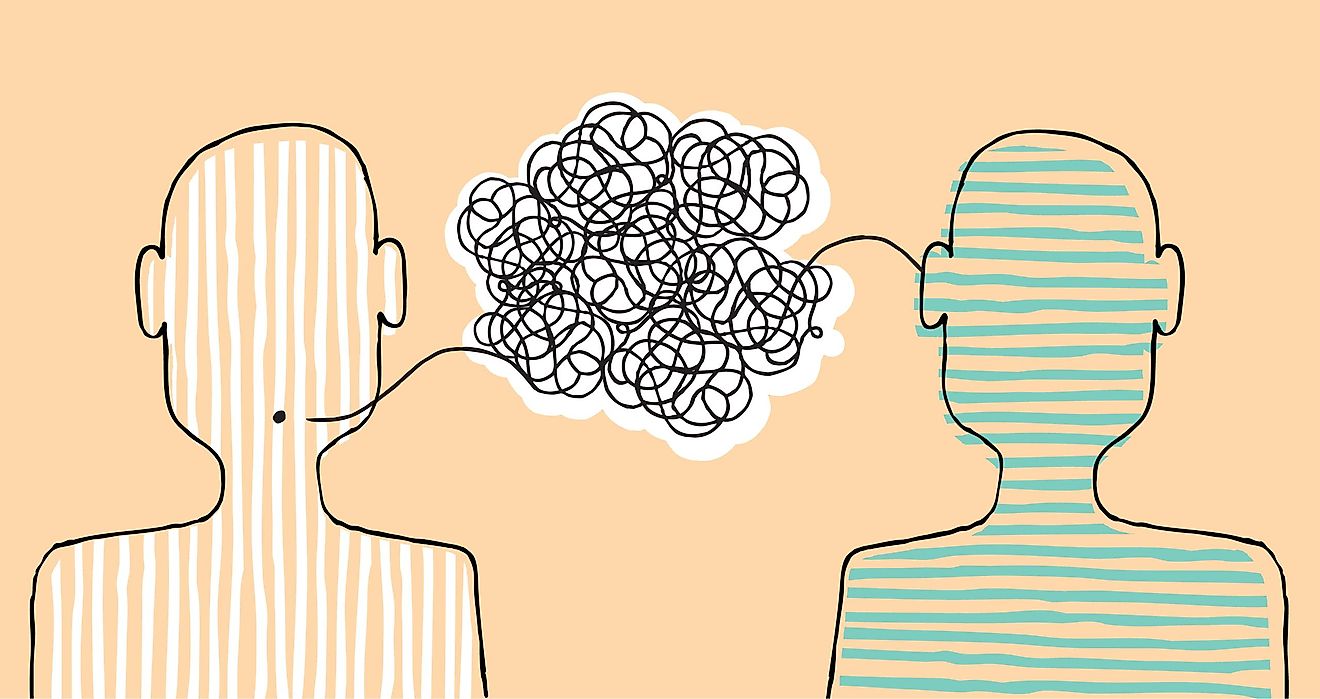What Is Miller's Law Or Miller's Magic Number?

- Miller's law was proposed by psychologist George A. Miller in 1956.
- You will have a hard time remembering anything more than seven different information if they come at you in a short period, and you will likely forget them in less than 30 seconds.
- If you want to understand something, you first have to imagine that what you are hearing or reading is true and take it from there.
Miller's law suggests how our short-term memory is limited when it comes to remembering more than seven information "objects," and how retaining that information does not last longer than 30 seconds.
But, there is a bit more to Miller's law. Not only did this idea prove fruitful when it comes to the science of semantics, but it can also help us with understanding why we do not understand.
Is Seven A Magic Number?
In 1956, George A. Miller, who was working as a cognitive psychologist at Princeton University, developed a model that explains the limitations of our short-term memory abilities. Also known as the Miller's Magic Number, this concept is viewed more as a general rule of thumb, than an empirically proven scientific fact. However, the implications this rule of thumb has in the world of communication are quite significant.
If we abide by Miller's law, first of all, there is a limited amount of information people can take in if we speak to them directly. Secondly, if someone wants to understand what we are saying, they must be able to imagine two things: that what we are saying is true and figure out what the "truth" is. When it comes to real-life situations, this is harder than you might first imagine.
Miller's Law Influence On Semantics

Communication can be a messy endeavor, with interruptions happening frequently and misunderstanding affecting the way the message is carried across to other participants. People also have a tendency to judge quickly. Jumping to conclusions is a major issue, because they are either crippling the actual message, or are not even in the ballpark. This is why Miller's law found its way into semantics, which is just one of the linguistic branches that discusses the meaning and how misunderstandings happen.
Miller's law directly opens up the issue of certain limitations when it comes to humans. Our brain processes just a certain amount of information in any communication, but not always can we grasp it to a full extent. That is why the clustering of information or data is a technical response to Miller's rule of thumb. If the message is delivered through smaller chunks of information, our brain has the opportunity to work within the limits of short-term memory.
Underlying Contingencies On True Understanding
True understanding through communication is even harder because there are other factors that 'a priori' influence the methods we use to process information. Underlying beliefs, preferences, or even prejudices, they are usually not expressed but affect how we will deal with the information we get. That is where people go in the opposite direction of Miller's suggestions on communication.
If they do not understand something, people will often say that the information is wrong and that they do not believe what they are hearing. Problems of the inability to actively imagine what the other person is trying to say, or being in someone else's skin is something that is almost a feature intrinsic to all humans. About the number 7, it is not really magical, Miller himself thinks it is just a coincidence.











